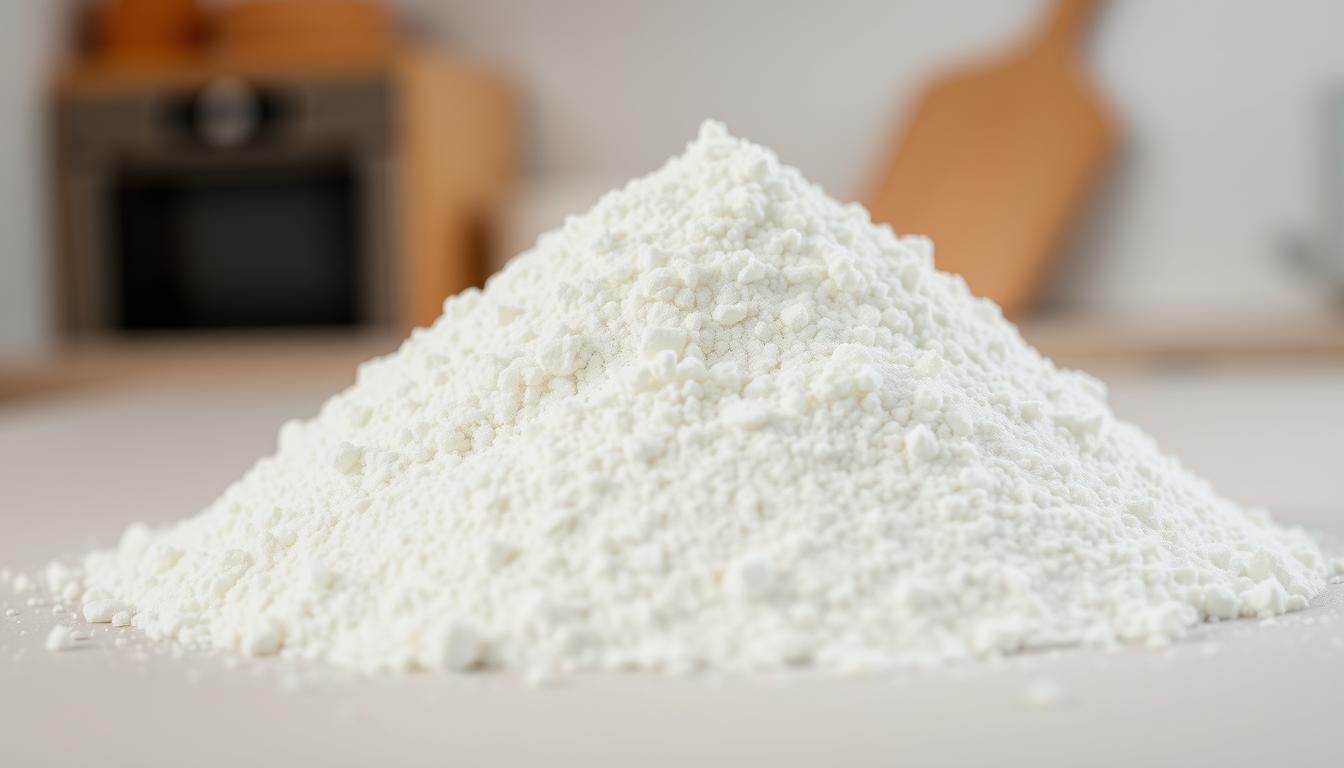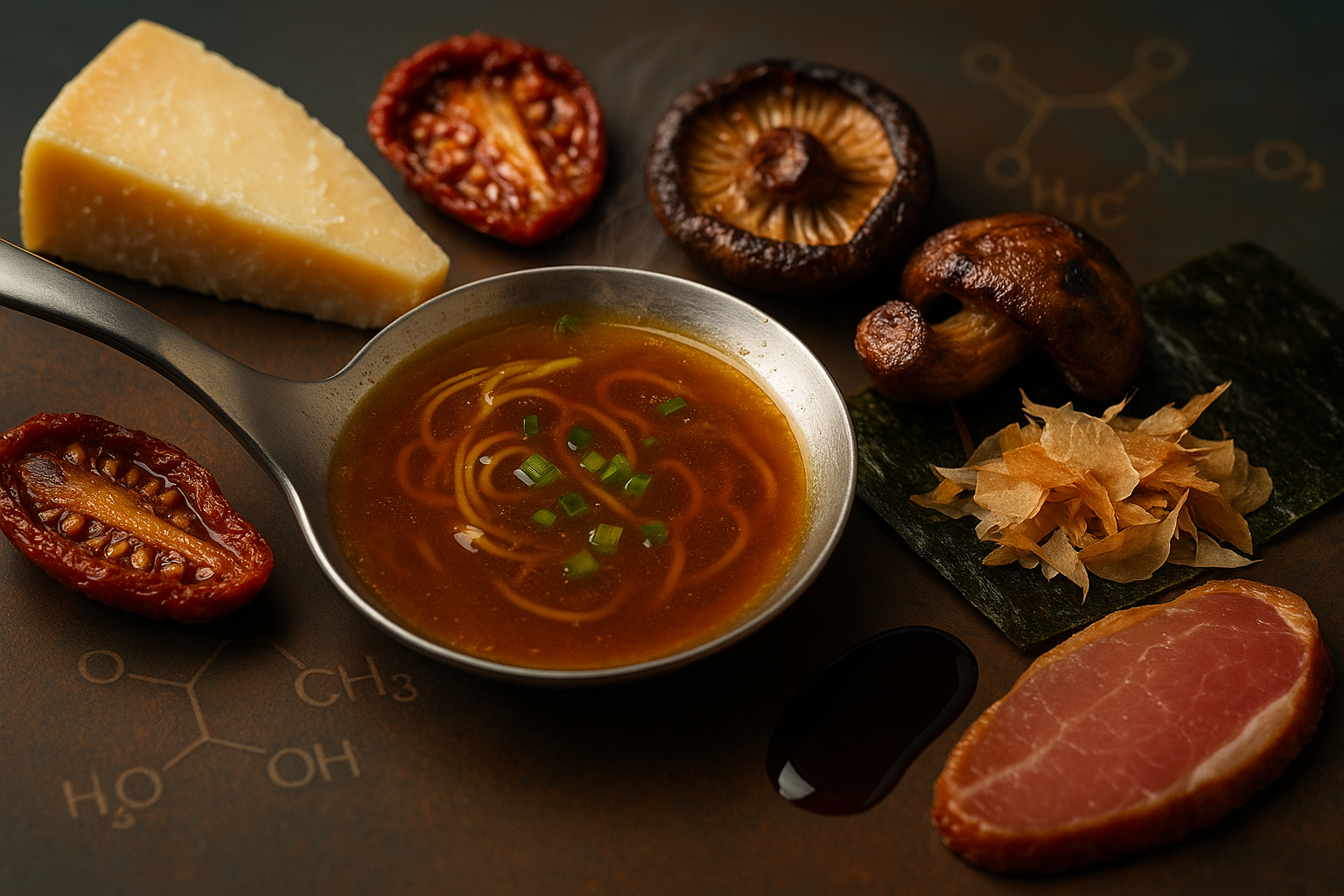Free Food Preparation Calculators: Your Kitchen Science Toolbox
What You Will Learn
- Why food calculators save time and improve consistency
- How to use the Ice Cream Stabilizer Calculator for creamier desserts
- How to access all 9 free Cape Crystal calculators
- The science behind stabilizers, pectins, and hydrocolloids
- Practical applications for chefs, students, and home cooks
- Answers to the most common calculator questions
At Cape Crystal Brands, we believe food science should be practical, accessible, and inspiring. That’s why we’ve created a suite of nine free food preparation calculators. These tools help you calculate stabilizer ratios, jam and jelly pectin levels, hydrocolloid compatibility, and much more.
Spotlight: Ice Cream Stabilizer Calculator
Few things delight like homemade ice cream — but texture issues can ruin the experience. The Ice Cream Stabilizer Calculator helps you balance xanthan gum, locust bean gum, and carrageenan to reduce ice crystals, improve creaminess, and extend shelf life. Simply enter your mix details, and the calculator suggests precise stabilizer levels.
Watch the demo video here (embed YouTube player).
Case Study: Vanilla Ice Cream with Stabilizers
Base Mix (1,000 g total):
- 500 g whole milk
- 400 g heavy cream
- 100 g sugar
- 4 egg yolks
- 1 tsp vanilla extract
Calculator Results:
- Total stabilizer: 0.35% (3.5 g)
- Suggested split:
- 1.5 g Xanthan Gum
- 1.5 g Locust Bean Gum
- 0.5 g Carrageenan
Process:
- Heat milk, cream, and sugar to 75°C (167°F).
- Temper yolks, cook until mixture coats the back of a spoon.
- Cool to 40°C, then blend in the stabilizers evenly.
- Chill overnight, churn, and freeze.
Result: Creamy, stable vanilla ice cream with reduced ice crystals and improved melt resistance.
All 9 Free Food Preparation Calculators
Here’s the complete lineup of calculators we offer — free to use anytime:
- Ice Cream Stabilizer Calculator – Balance stabilizers for smooth, creamy ice cream.
- Pectin Jam & Jelly Calculator – Calculate sugar, acid, and pectin ratios for perfect gels.
- Hydrocolloid Usage Calculator – Get recommended usage percentages for gums and stabilizers.
- Hydrocolloid Compatibility Matrix – Explore synergy between hydrocolloids.
- Ice Cream Overrun Calculator – Measure and optimize air incorporation (overrun).
- Food Thickener Usage Calculator – Find the right thickener amounts for soups and sauces.
- Plant-Based Milk Stabilizer Calculator – Improve mouthfeel in oat, almond, soy, and pea milk.
- Gel Strength Calculator – Calculate gel strength and firmness for agar and gelatin recipes.
- Recipe Conversion Calculator – Scale recipes accurately for professional or home use.
The Science Behind Food Calculators
Food calculators are grounded in reliable science. Explore these resources:
Frequently Asked Questions (FAQs)
- 1. Are these calculators really free?
- Yes, all nine calculators are completely free to use on our website.
- 2. Do I need to register to use them?
- No registration required — just open and calculate.
- 3. Can beginners use the calculators?
- Absolutely, they’re designed for both professionals and home cooks.
- 4. Which calculator is most popular?
- The Ice Cream Stabilizer Calculator is our most-used tool.
- 5. Do calculators work for vegan recipes?
- Yes, several calculators include plant-based adjustments.
- 6. How accurate are the results?
- They’re based on food science references and industry standards.
- 7. Can I use multiple calculators for one recipe?
- Yes, many users combine tools for complex formulations.
- 8. Will you add more calculators in the future?
- Yes, we continually expand based on customer requests.
- 9. Can I cite these calculators in research?
- Yes, educators and students frequently use them as references.
- 10. Where can I learn more about hydrocolloids?
- Visit our Hydrocolloid Library for in-depth resources.





